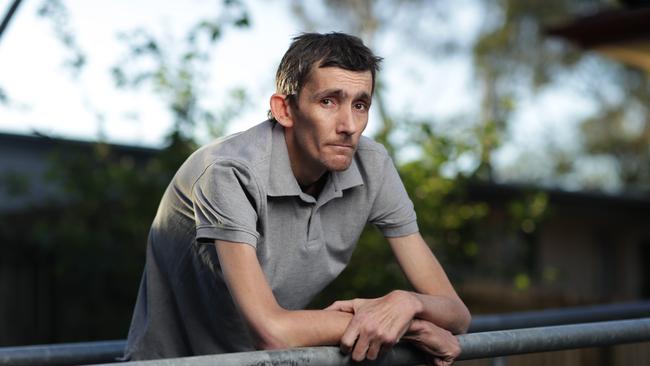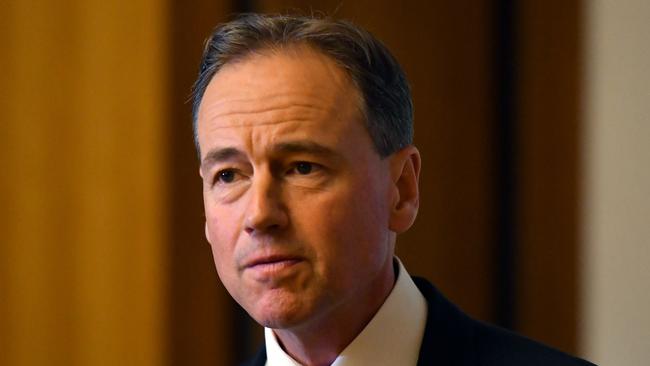Dust disease registry to be created as silicosis crisis deepens
A deadly dust disease has been killing Queensland stonemasons. Now a special taskforce tackling silicosis will release its interim findings and a call to action to stop it.
QLD News
Don't miss out on the headlines from QLD News. Followed categories will be added to My News.
A NATIONAL dust disease registry and guidelines for screening stoneworkers will be developed in a bid to combat the shocking rates of silicosis killing Queensland masons.
It follows WorkCover figures revealing the rate of silicosis detection in Queensland stonemasons had almost doubled in the past year.
The Morrison Government will release the long-awaited interim findings of the National Dust Taskforce today and is accepting its five key recommendations.
Silicosis cases double as one-in-five stonemasons diagnosed
Workers exposed to deadly dust
It includes recommendations to create a registry to track disease rates, an education campaign to raise awareness of the dangers of working with engineered stone, as well as more research into prevention, diagnosis and treatment of the deadly disease.

It includes recommendations to create a registry to track disease rates, an education campaign to raise awareness of the dangers of working with engineered stone, as well as more research into prevention, diagnosis and treatment of the deadly disease.
But it fails to address allowing engineered stone, blamed for the outbreak of silicosis, into the country.
It also did not make any recommendations reflecting industry demands that engineered stone only be cut with water to prevent dust from escaping.
While Queensland enforces this rule, there is no national requirement for it.
The interim report will be released today but a final report is not due until the end of the year.
Health Minister Greg Hunt said the disease was preventable and action needed to be taken.
“At present, there is no known treatment to stop the progression of the disease. Some workers may eventually need a lung transplant,” he said.
Mr Hunt said he had written to his state counterparts to seek their support in developing the registry and guidelines.
“These actions will be implemented progressively in 2020 in parallel to the Taskforce
finalising its report,” he said.

The Medical Research Future Fund has already committed $3.5 million towards silicosis research over two years, while National Health and Medical Research Council has contributed an additional $1 million.
Meanwhile, Shine Lawyers national dust and diseases leader Roger Singh has called for faster action from governments in combating silicosis.
“It’s not fair to ask tradies whose lungs have been destroyed by exposure to silica dust to wait until the end of the year for the federal government to respond to this epidemic,” Mr Singh said.
Acute silicosis can develop within weeks of exposure to very high levels of silica dust and many of the workers testing positive have been aged 25 to 40.


